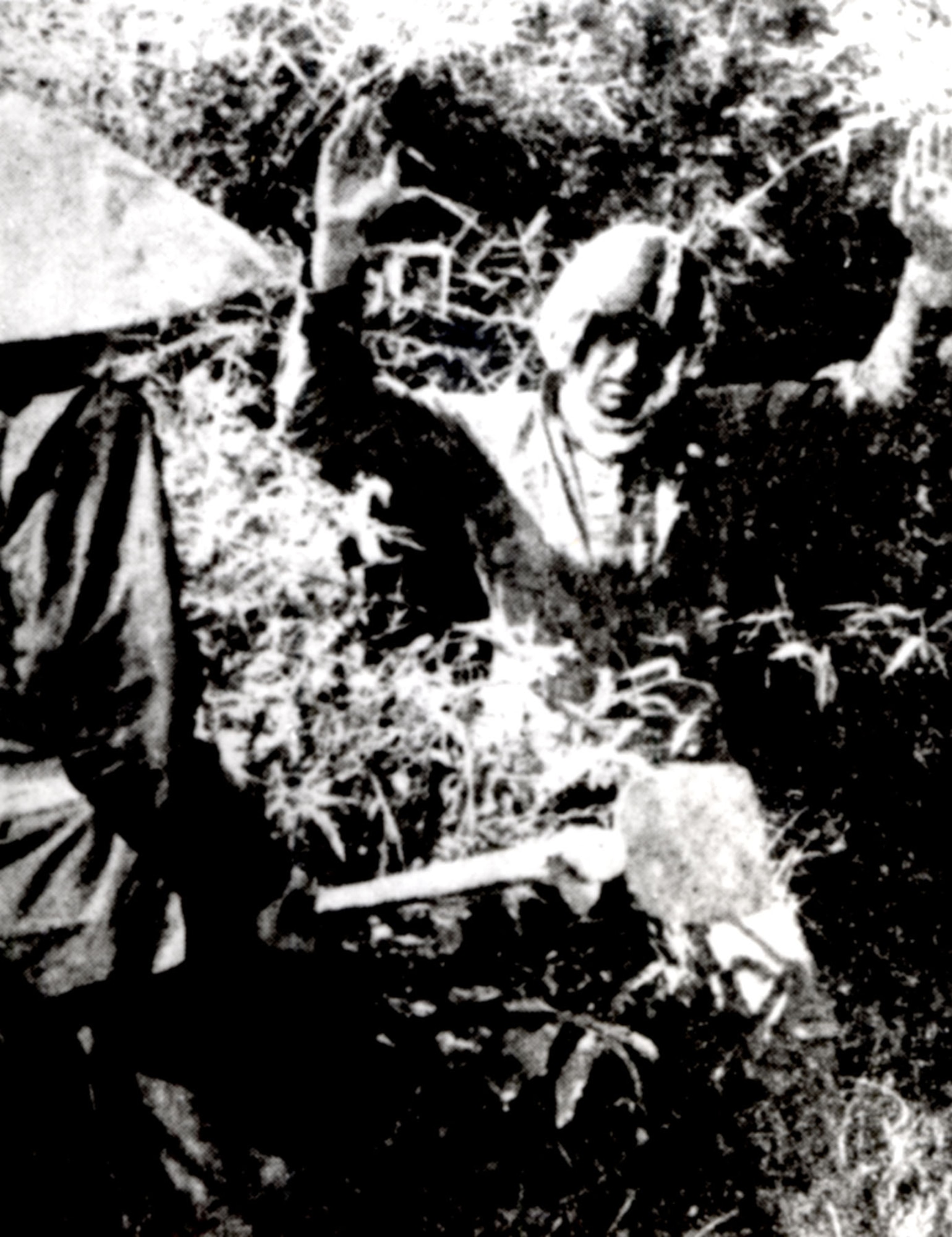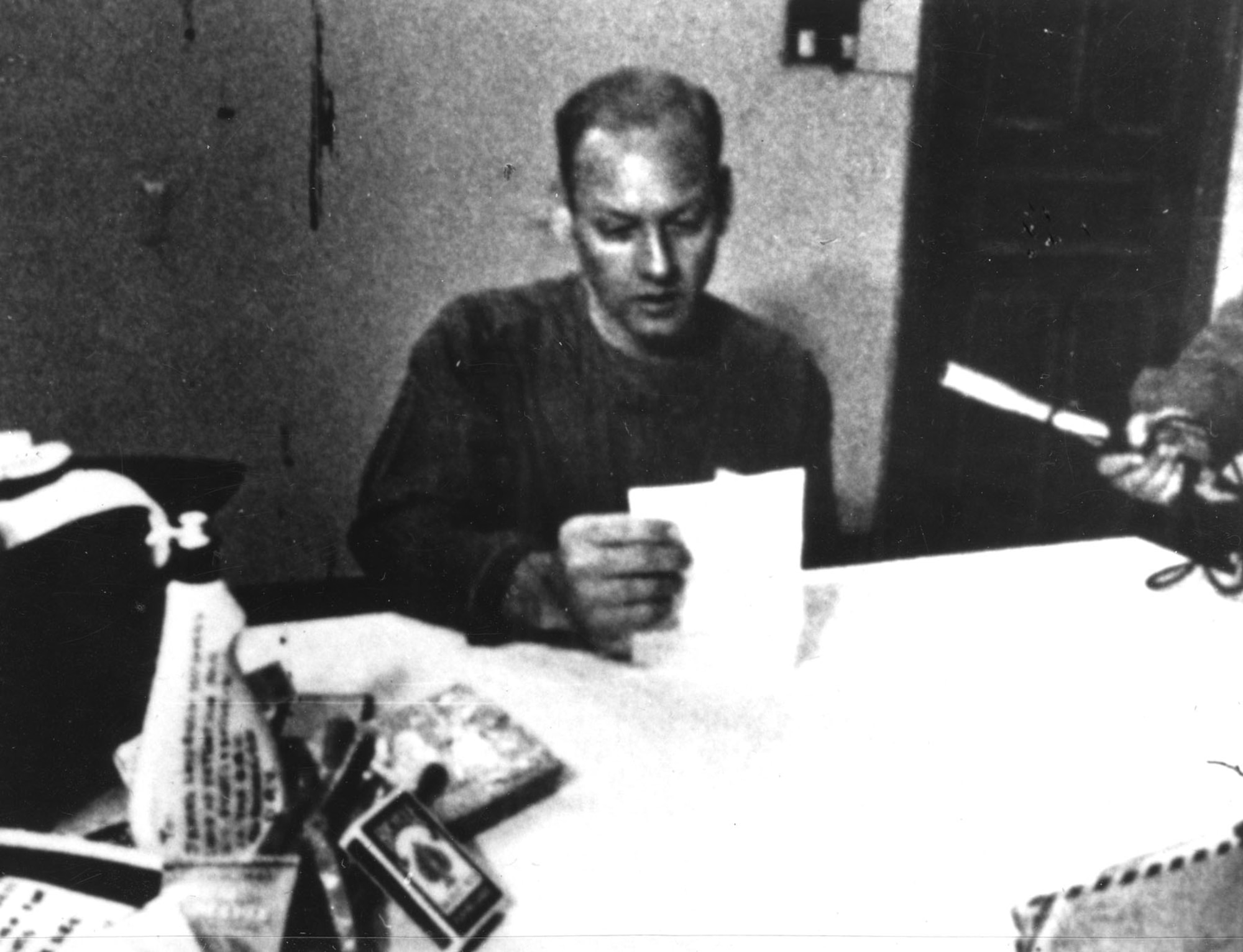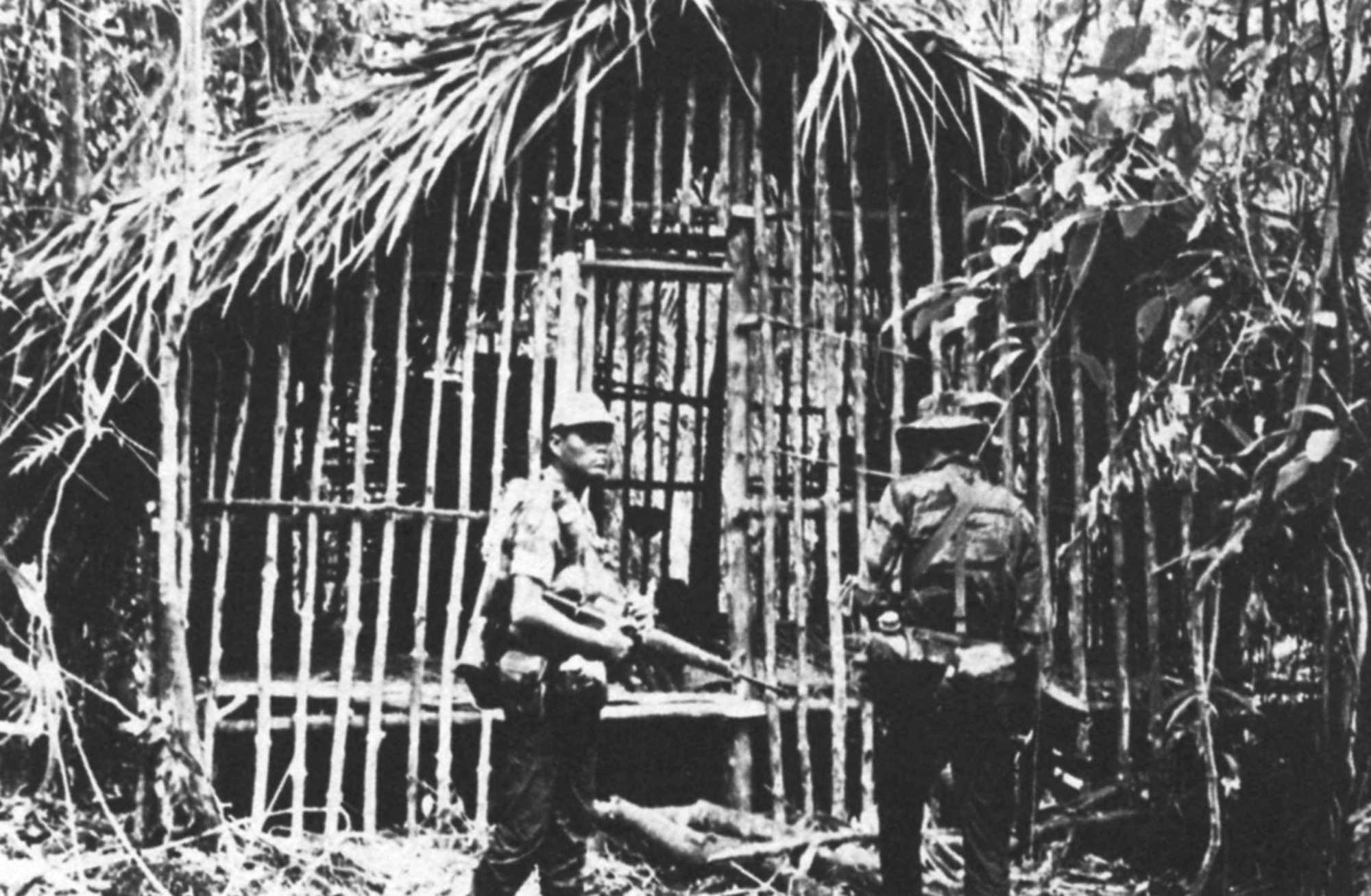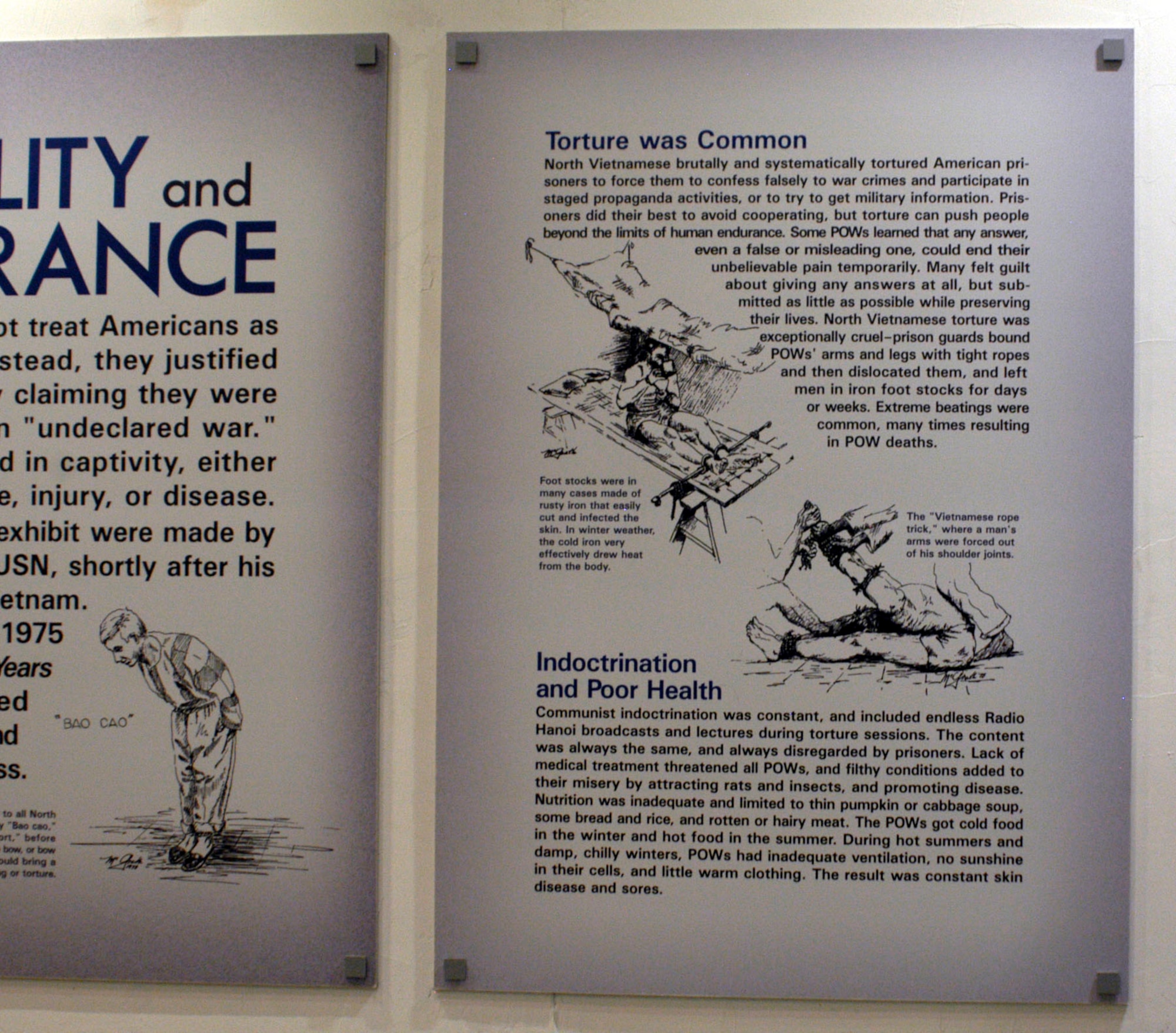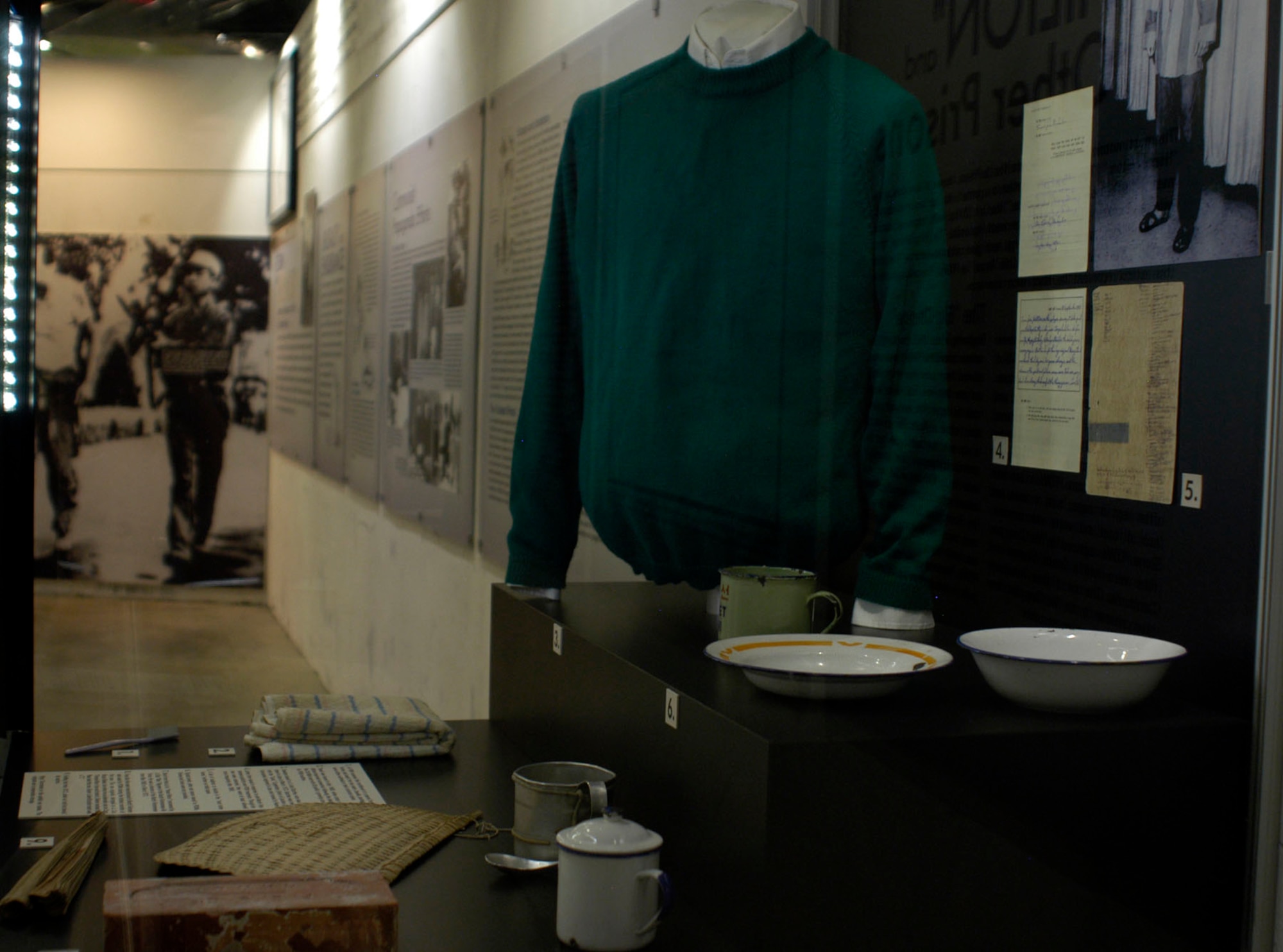-
Photo Details / Download Hi-Res
-
Photo Details / Download Hi-Res
-
Photo Details / Download Hi-Res
-
Photo Details / Download Hi-Res
-
-
Photo Details / Download Hi-Res
-
Photo Details / Download Hi-Res
-
Photo Details / Download Hi-Res
-
Photo Details / Download Hi-Res
-
Photo Details / Download Hi-Res
' + '
' + '
SHOW PHOTO DETAILS
'; } else { caption += $(this).find('figcaption').html() + getDetailsURL($(this).parent()) + getDownloadURL($(this).parent()) + showFBShare(); } } else { if (isMobile()) { caption += '
' + '
' + '
' + '
' + '
' + $(this).find('figcaption p').html() + '
' + getDetailsURL($(this).parent()) + getDownloadURL($(this).parent()) + showFBShare() + '
' + '
' + '
SHOW PHOTO DETAILS
'; } else { caption += '
' + '
' + $(this).find('figcaption p').html() + '
' + getDetailsURL($(this).parent()) + getDownloadURL($(this).parent()) + showFBShare(); } } return caption; }, afterLoad: function (instance, current) { //initial desktop view if (isMobile()) $(".fancybox-caption__body").addClass("mobile"); }, afterShow: function (instance, current) { var $currentSlide = $(".fancybox-slide.fancybox-slide--current").parent().parent(); if (isMobile()) $currentSlide.find(".fancy-detail-link").on("touchstart", function () { captionToggle(); }); }, afterClose: function () { } })); let debounceTimer; $(window).on("resize", function (event) { if (isMobile()) return; if ($(".af3-caption-body").length > 0 && $(".af3-caption-body").css("height") != undefined) { event.stopImmediatePropagation(); $(".fancybox-caption__body").removeClass("half"); isDesktopInit = false; captionToggle(); debounceTimer = setTimeout(function () { clearTimeout(debounceTimer); debounceTimer = null; recalculateImageSize(); }, 1000); } }); function recalculateImageSize() { // Fancy box miscalculates because of race conditions with new layout var origImgWth = $(".fancybox-image").prop("naturalWidth"); var origImgHgt = $(".fancybox-image").prop("naturalHeight"); var winWth = $(window).innerWidth(); var winHgt = $(window).innerHeight() var ratio = Math.min(winWth / origImgWth, winHgt / origImgHgt); var newImgWth = (origImgWth * ratio); var newImgHgt = (origImgHgt * ratio); var dstTop = Math.floor((winHgt - newImgHgt)) / 2; var dstLeft = Math.floor((winWth - newImgWth)) / 2; $(".fancybox-content").removeAttr("style"); $(".fancybox-content").css("width", newImgWth + "px"); $(".fancybox-content").css("height", newImgHgt + "px"); $(".fancybox-content").css("transform", "translate(" + dstLeft + "px, " + dstTop + "px)"); } function captionToggle() { if ($(".fancybox-caption__body").hasClass("af3-caption-body")) { $(".af3-caption-body").stop(true, false).animate({ height: "0vh" }, 800, function () { // Animation complete. closeDetails(); }); $(".fancy-photo-detail-link").html($(".fancy-photo-detail-link").html().replace("CLOSE", "SHOW")); } else { $(".fancybox-caption__body").addClass("af3-caption-body"); $(".af3-caption-body").addClass(detailSize); $(".af3-caption-body").animate({ height: displayhgt }, 800); $(".fancybox-caption").addClass("af3-caption-bg"); $(".base-caption-info").addClass("full-height"); $(".fancy-photo-detail-link").addClass("photo-detail-gradient"); $(".fancybox-button").css("display", "none"); $(".fancy-photo-detail-link").html($(".fancy-photo-detail-link").html().replace("SHOW", "CLOSE")); $(".fancybox-caption__body").prepend(prependClosing()); $(".closing-box, .closingx").on("touchstart", function () { captionToggle(); }); } } function getDetailsURL(fbObj) { return 'DETAILS'; } function getDownloadURL(fbObj) { return 'DOWNLOAD'; } function showFBShare() { return ''; } function closeDetails() { $(".af3-caption-body").removeClass(detailSize); $(".fancybox-caption__body").removeClass("af3-caption-body"); $(".fancybox-caption").removeClass("af3-caption-bg"); $(".base-caption-info").removeClass("full-height"); $(".fancy-photo-detail-link").removeClass("photo-detail-gradient"); $(".fancybox-button").css("display", "block"); if (detailSize === "half") { detailSize = "full"; displayhgt = "90vh"; $(".fancybox-caption").removeClass("desktop-init"); } } function prependClosing() { return '
' } });
North Vietnam did not treat Americans as prisoners of war. Instead, they justified brutalizing POWs by claiming they were simply outlaws in an "undeclared war." Sixty-five POWs died in captivity, either by execution, torture, injury or disease. Indoctrination and Poor Health The Hanoi March Escape and Isolation At Alcatraz, mental torture joined physical hardship: prisoners were isolated completely in tiny, dark, ill-ventilated, dungeon-like cells where they were kept in irons 15 or more hours each day. Navy Lt. Harry Jenkins spent 85 days in irons for communicating with another Alcatraz prisoner. Air Force Col. Robbie Risner spent 10 consecutive months alone in a darkened cell, and Lt. Col. "Swede" Larson spent 18 months in a similar situation. This treatment was not limited to Alcatraz--isolation was common in many camps. Many POWs spent years, off and on, in solitary confinement. Capt. Tom Moe managed to live through an especially horrible torture session. He was beaten by several guards for many hours, bent backwards with ropes and irons and hung from a pole, slammed face-first onto a concrete floor, and nearly drowned with a filthy wet rag and iron bar clamped in his mouth. He wanted to die simply to escape the pain, but his captors laughed and told him, "It's easy to die but hard to live, and we'll show you just how hard it is to live." The Cruelest Period For two weeks, POWs on the "escape committee" who had helped Dramesi and Atterberry were tortured for details. Then, others who knew nothing of the plan were tortured as well. Already meager rations were further reduced, exercise banned, and many prisoners were savagely beaten over the coming months. One POW was hung upside down from the ceiling and shocked with a car battery. Teams of torturers wielding rubber fan belts took turns flaying the bare skin off POWs' bodies. Others were clubbed and forced to kneel for hours without sleep between whippings. Over a 2-week period, Navy Lt. Cmdr. Red McDaniel received more than 700 lashes. He suffered many open wounds, endured electric shocks, was bound in ropes and irons, and was hung upside down with a compound arm fracture--which guards manipulated while questioning continued. Many others suffered similarly as the orgy of retaliation spread among the camps. For their escape attempt, the North Vietnamese murdered Atterberry by beating him to death, and they flogged Dramesi with fan belts for 38 straight days. They allowed him no sleep during that period (he was forced to sit on a small stool the whole time), they beat him savagely, and alternately tied him in tight ropes or restrained him in irons as he was forced to write and tape apologies. He had only two small pieces of bread and two cups of water each day, and lived in his own filth. Incredibly, he survived--but he was compelled to listen to Atterberry's screams. Ordeals in the South, Cambodia, Laos, and China Those held in Laos faced especially harsh environmental conditions, with little food and water in rugged, dry mountains. Details of Laotian captivity by Pathet Lao guerillas are sketchy, even decades afterward, since few POWs survived to tell about it. The complex history of U.S. involvement in Laos makes an accurate accounting of Americans there difficult. China released two military POWs at the end of the war, and several civilians had been held there as well--including one who had been imprisoned for more than 20 years since the Korean War.
Torture was Common
North Vietnamese brutally and systematically tortured American prisoners to force them to confess to war crimes and participate in staged propaganda activities, or to try to get military information. Prisoners did their best to avoid cooperating, but torture can push people beyond the limits of human endurance. Some POWs learned that any answer, even a false or misleading one, could end their unbelievable pain temporarily. Many felt guilt about giving any answers at all, but submitted as little as possible while preserving their lives. North Vietnamese torture was exceptionally cruel--prison guards bound POWs' arms and legs with tight ropes and then dislocated them, and left men in iron foot stocks for days or weeks. Extreme beatings were common, many times resulting in POW deaths.
Communist indoctrination was constant, and included endless Radio Hanoi broadcasts and lectures during torture sessions. The content was always the same, and always disregarded by prisoners. Lack of medical treatment threatened all POWs, and filthy conditions added to their misery by attracting rats and insects, and promoting disease. Nutrition was inadequate and limited to thin pumpkin or cabbage soup, some bread and rice, and rotten or hairy meat. The POWs got cold food in the winter and hot food in the summer. During hot summers and damp, chilly winters, POWs had inadequate ventilation, no sunshine in their cells and little warm clothing. The result was constant skin disease and sores.
One of the most flagrant exploitations of American prisoners took place in July 1966, when 52 POWs were forced to walk handcuffed in pairs through the streets of Hanoi to fuel North Vietnamese public anger. The North Vietnamese filmed the march to show humiliated Americans at the mercy of angry communists. The march turned violent, and many POWs were attacked and beaten. The authorities lost control of the crowd near the end of the hour-long march, and both the POWs and guards had to fight their way to safety. Nearly every POW was injured. The march backfired on North Vietnam because the propaganda film showed a violent mob attacking defenseless captives.
The harsh environment and hostile population surrounding prison camps offered little chance for escape. Still, some POWs tried, and many constantly planned for possible ways to escape. Navy Lt. George co*ker and USAF Capt. George McKnight escaped from "Dirty Bird" in Hanoi, and made it 15 miles down the Red River before being recaptured. Both spent several days in irons and were transferred to "Alcatraz," a small prison especially for those the North Vietnamese wanted to isolate.
One notable escape attempt in May 1969 had horrific consequences for POWs. Air Force captains John Dramesi and Edwin Atterberry planned an elaborate escape from the "Zoo Annex." Despite their planning, they made it only a few miles. They had made clothing and props to blend in with the native population, and the prison authorities were furious that the Americans had been able to plan such a complex operation. North Vietnamese retaliation on POWs through the summer of 1969 was the most brutal and sustained episode of criminal inhumanity during the Southeast Asia War.
Though most of the 660 total American military POWs who survived the war were held in North Vietnam, a significant number were imprisoned elsewhere. Some were held in South Vietnam (124), Cambodia (23), Laos (13) and China (2). Their experience was somewhat different from those in North Vietnam, and in some ways even more harsh. In South Vietnam and Cambodia, POWs were held by the Viet Cong, often imprisoned in bamboo cages or huts, and forced to move frequently. They were constantly exposed to the weather and jungle insects and disease, isolated from their fellow POWs, and at the mercy of guerillas who often were not controlled by any central authority.
Click here to return to Return with Honor: American Prisoners of War in Southeast Asia.

